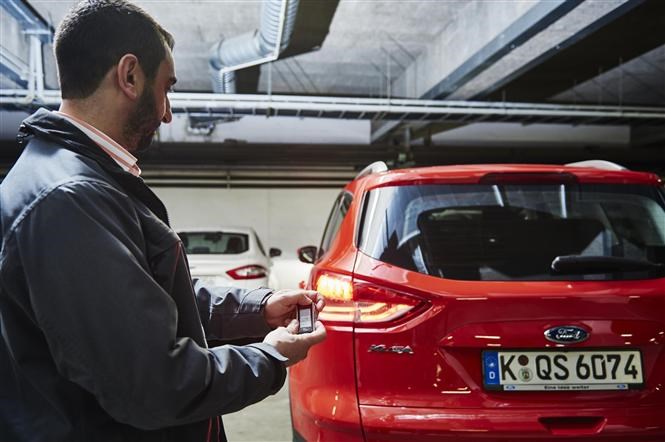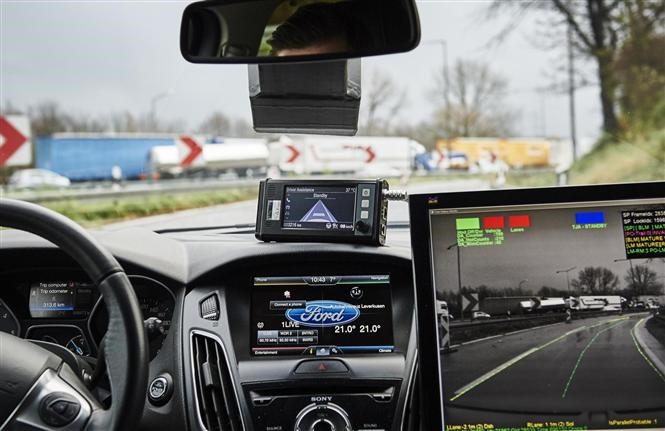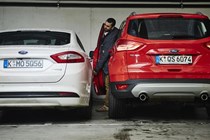Autonomous vehicle technology is set to make travel safer, more convenient and reduce journey times for company car drivers. As part of the £100 million government sponsored Intelligent Mobility Fund, £20 million has been set aside to help develop technologies that will allow vehicles to communicate with occupants and roadside infrastructure such as traffic lights and digital signage.
Ongoing autonomous driving trials across Britain
Trialled in 2015 in Bristol, Coventry, Greenwich and Milton Keynes, driverless cars and the technology that underpins them will help keep the UK at the forefront of automotive technology and create more highly-skilled domestic jobs, ministers hope.
Transport secretary Patrick McLoughlin said: “Autonomous vehicles will very quickly transform travel for business drivers and passengers across the UK.”

Fleet managers could benefit from lower repair bills thanks to autonomous cars making fewer mistakes than human drivers.
Assuming the techology works, company car ‘drivers’ will not only arrive at appointments sooner, thanks to cars automatically taking more efficient routes, they’ll be more productive as they travel as laptops and mobiles can be used.
Remote self-parking allows car parks to be filled more efficiently, too.
Technological advances to increase reliability
As autonomous driving technology needs to be more accurate than Global Positioning System data (GPS), which identifies road objects within several yards, Ford and other manufacturers’ systems will employ Light Detection And Ranging (LiDAR). This remote-sensing system measures distance by illuminating a target with a laser and analysing the reflected light. This helps measure a vehicle’s lane location to within a centimetre.

The accuracy of this technology is particularly useful in winter driving where, combined with high-resolution 3D maps, it provides detailed images such as road markings, street signs and other landmarks. When the vehicle can’t detect the ground or markings during spells of snow, heavy rain or fog, LiDAR works together with the vehicle’s safety systems to aid safe progress.
Some lingering autonomous driving reservations
While the future of autonomous vehicle travel is promising for business drivers, a Continental Tyres survey revealed some concerns. Some drivers worry that autonomous systems will break down while others mistrust the technology’s longevity when exposed to high-density traffic and long journeys.
What is clear is that every major motor manufacturer is investing significantly in autonomous vehicle research and development. It’s not a case of if self-driving cars become a reality, but when.
Just so you know, we may receive a commission or other compensation from the links on this website - read why you should trust us.






